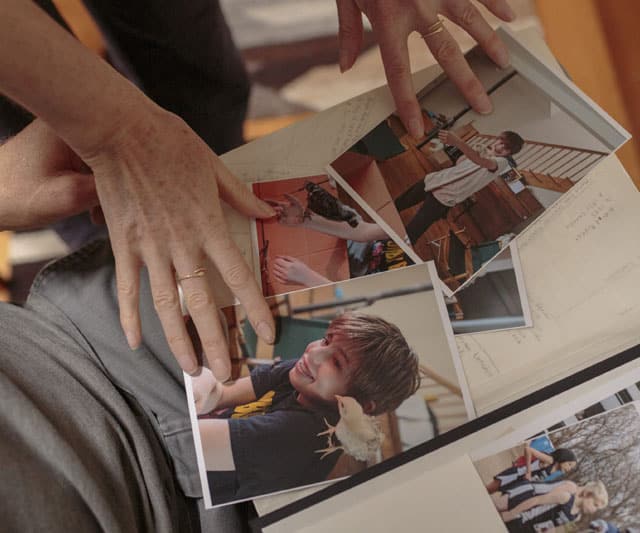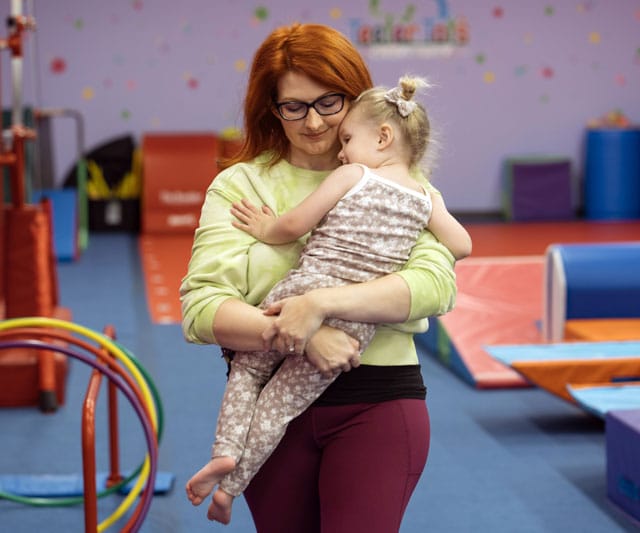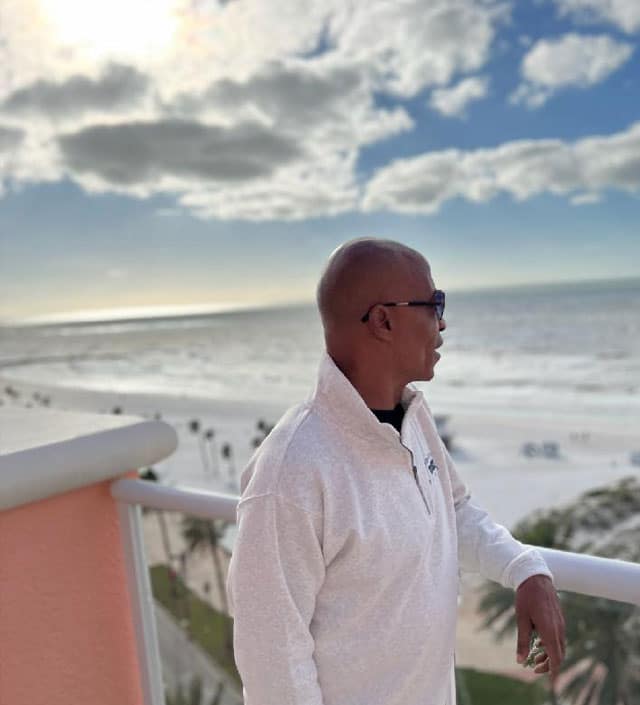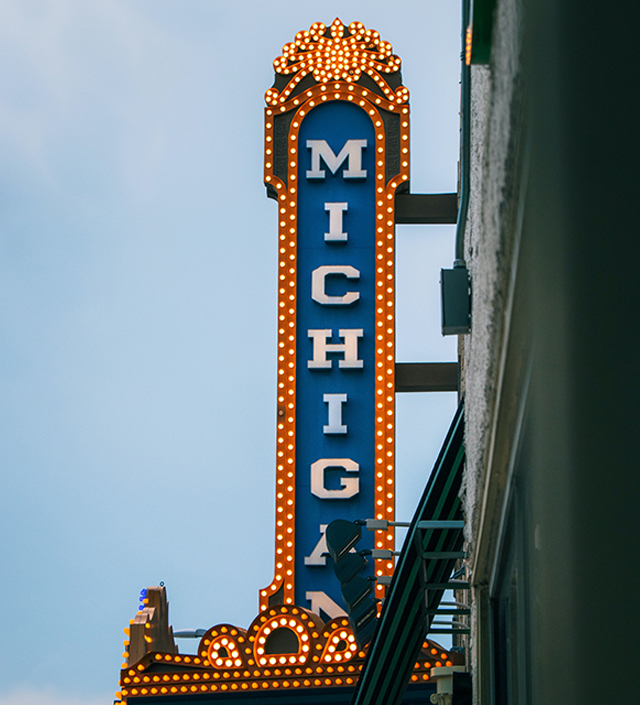Ellis Lariviere was an eighth grader at Saint Ann’s, an elite private school in Brooklyn Heights, N.Y., and he had a lot going for him. Teachers praised him as an “abundantly talented” artist, in a school that trumpeted the arts, and they described him as a positive presence in his classes. He had friends at school and an older brother who was thriving there. Ellis liked to cook for his family, and he imagined himself one day being a professional. He also had dyslexia and an attention deficit disorder, and he struggled to express complex thoughts in writing.
On Feb. 3, 2021, the school informed his mother by email that, “despite recent progress,” he could not return for ninth grade.
Ellis asked his parents if it was the school’s decision or theirs. When they told him, “he just cried a lot,” said his mother, Janine Lariviere. “He didn’t want comfort from me. He was very hurt. This is the most painful thing for me, because I didn’t know how to protect him.”
Three months later, in the family home in Red Hook, Brooklyn, Ellis ended his life. He was 13.
This April, his parents filed suit against the school, its head and its trustees, arguing that its practices caused their son’s death and demanding changes in school policies.
An oasis without grades
Saint Ann’s, a secular school founded in an Episcopal church basement in 1965, has been a proud outlier among New York’s private schools. It does not give students grades, and it promises parents and students, “We celebrate each child’s attributes — talented musician, gifted reader, remarkable artist — while encouraging all of our students to believe that they can excel in myriad pursuits.”
The school’s iconoclastic founding headmaster, Stanley Bosworth, articulated the house philosophy: “If the student learns best under the table, you’d better get under the table with him.”
It is a package that has served New York’s creative community, including Lena Dunham and Jennifer Connelly and the children of Susan Sarandon and Tim Robbins and painter Julian Schnabel. The school has balanced this loosey-goosey, no-grades ethos with a no-nonsense record of placing graduates into elite colleges. In 2004, The Wall Street Journal named it as the nation’s top private school in the percentage of graduates it sent to the most selective colleges. Tuition starts at $53,750 for kindergarten.
For Roger Gural and Lariviere, the school’s focus on the arts made it an appealing choice for their two sons. Lariviere is an artist; Gural, the son of one of New York’s major real estate developers, ran the lavishly praised Arcade Bakery in TriBeCa until rheumatoid arthritis drove him to close it in 2019. (The couple are married; the boys take Lariviere’s last name, with Gural as their middle name.)
“I didn’t want to send my kids to prep school,” Lariviere said recently. “The emphasis on art implied that they would be accepted and nurtured as individuals. ‘Art’ to me was kind of code for not neurotypical. Not that I thought of my kids that way, but I thought there was room to be not conventional people.” She also liked knowing that her sons could remain at the school from kindergarten through 12th grade.
For his first two years at Saint Ann’s, Ellis flourished, according to his teachers’ reports, which Gural shared with The New York Times. Ellis was an “outstanding student,” one wrote, and “obviously artistically gifted.” Teachers praised his empathy and care for other students.
Then in second and third grades, his dyslexia and problems with language formation started to require extra attention, his father said. The family hired a tutor to work with him.
The school recommended a neuropsychological evaluation and suggested an evaluator, who found that he had a high IQ and good reading comprehension but that he had trouble retrieving letters and numbers when writing, Gural said.
Lariviere asked the evaluator whether Ellis belonged at Saint Ann’s, or whether the family should consider a school for students with learning differences. “She said, ‘He can do it with support,’” Lariviere said. “I asked, ‘What about these specialized schools?’ And she said, ‘That would be overkill,’” and that Ellis might be bored.
Saint Ann’s thought otherwise. One month into third grade, Gabe Howard, the head of the lower school, told the couple that Ellis should go elsewhere for fourth grade, adding, “We just don’t think we can help him,” Lariviere said.
Through its director of communications, Saint Ann’s declined to answer questions about Ellis’ experience or the school’s general policies and procedures, including those around teacher training for students with special needs, citing the family’s lawsuit. In a letter to parents in June, the school said the suit contained “a number of inaccurate and misleading allegations” and that it would “vigorously defend itself against any false allegations contained in this lawsuit.”
The school ultimately allowed Ellis to return for fourth grade. When Lariviere told an administrator that Saint Ann’s should inform parents that it sometimes asked students to leave, she said she was told, “‘We can’t do that because the parents would be stressing out their kids.’ And I said, ‘I wouldn’t have applied to the school if I knew that this happened.’”
It was the start of a tense relationship with the school that would culminate five years later, when Ellis was in eighth grade.
Seeking answers
In the days following Ellis’ suicide in May 2021, the grief Gural felt was “really intense and overwhelming physically,” he said. He wrote to the head of the school, Vincent Tompkins, describing how he lifted his son’s lifeless body and placed it on his bed to cover it with a blanket.
“You’re just hit with waves of uncontrollable convulsions of pain,” he said recently. “There’s a tremendous amount of guilt and regret. There’s levels of stress that are so far above what you’ve ever experienced in your life. There’s layers upon layers of the experience that, if you were only dealing with one of them, would be completely overwhelming, and you’ve got 50 layers.”
The family searched for answers. How was it that a school that prided itself on nurturing the talents of every student could tell their son after nine years that he no longer had a place there? What responsibility did the school have, to them and to other families, to disclose its process of “counseling out” certain students who did not meet unspecified criteria?
The parents also questioned themselves. Ellis had always had been “up and down emotionally,” Gural said, and they had shielded him from some of their conversations with the school. When they told him that the school would not allow him to return the next year, “it was devastating,” Gural said.
“I look back now and I think, like, should I have been more sensitive to this day when he got upset?” Gural said. “But there was not any marked difference in his personality or behavior right before he committed suicide.”
Lariviere was frustrated that a school that had been very supportive when Ellis came out as gay in fifth grade could not accommodate his learning differences. “Why is his neurodiversity beyond the pale?” she asked.
Without commenting on Ellis’ family’s lawsuit, Lars Mehlum, a professor of psychiatry and suicidology at the University of Oslo, said that the impulse to assign responsibility for a loved one’s suicide is a common part of the grieving process.
“It’s normal, something that is part of the adaptation to grief or to the reality of death,” he said. “But only to a certain extent, because you can also be trapped inside of that, and you can be derailed from adapting to the life you have now that that person is dead. And there can be some reality to it — somebody did something wrong — but very often it’s only partially correct.”
In the two years since Ellis’ death, his parents have turned the circumstances over in their heads again and again. Ellis had never been asked to repeat a class or been disciplined for behavioral issues. There was no grading structure in which he had failed. His midyear reports from eighth grade note his problems with writing and organization, but also his progress, and they praise him for his creative thinking and contributions to his classes.
Gural fixed on messages from the school, like one from Tompkins: “[W]e believe that differences in aptitude — in one child preternatural dexterity on the violin, in another precocious ability to decode a novel, in a third the ability to create marvels with a brush and canvas — make for the richest possible learning environment.” What if Ellis wanted to be an artist like his mother or a baker like his father? What was the harm to the school in nurturing him for that path?
“What,” Gural asked, “is the benefit to the institution by not having him there?”
Clara Hemphill, founder of InsideSchools.org, a guide to New York’s public schools, said private schools counsel out students fairly regularly, with few if any restrictions.
“My experience is that none of the private schools do a very good job serving kids with special needs,” she said. “As a generalization, public schools have the will but not the capacity, and the private schools have the capacity but not the will. And if your child has special needs, you’re in a very, very tough place.”
c.2023 The New York Times Company. This article originally appeared in The New York Times.







